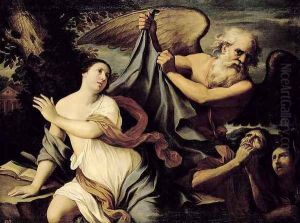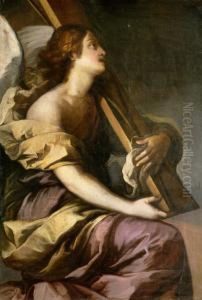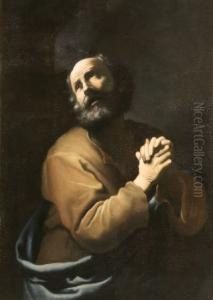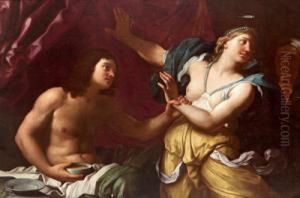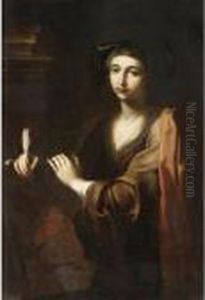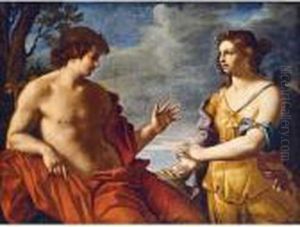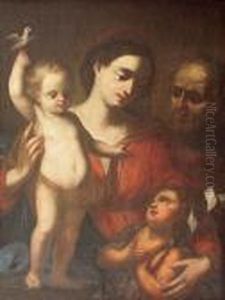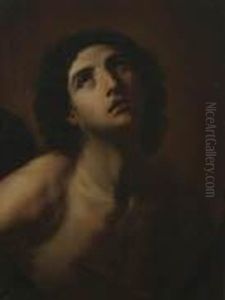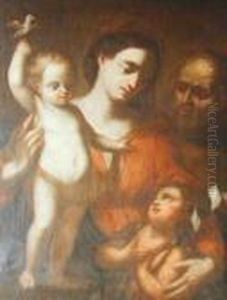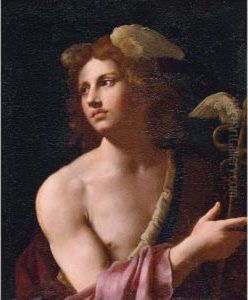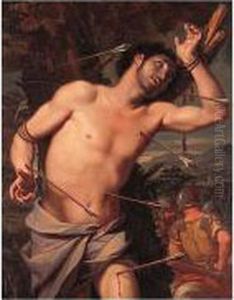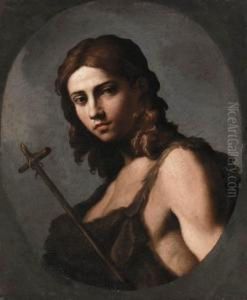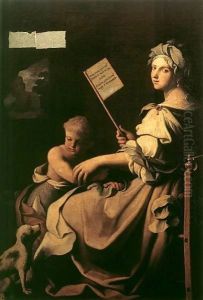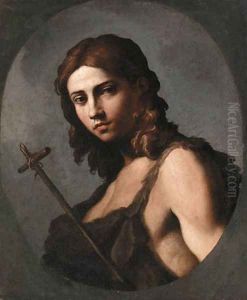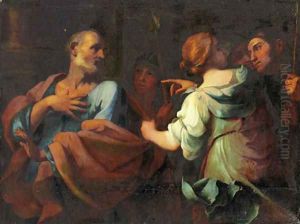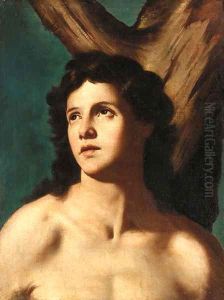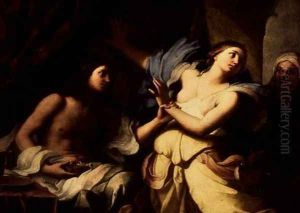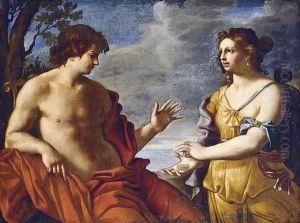Giovanni Domenico Cerrini Paintings
Giovanni Domenico Cerrini, also known as Gian Domenico Cerrini or il Cavalier Perugino, was an Italian Baroque painter of the Roman school. Born in Perugia in 1609, he developed a style that synthesized the classicism of the High Renaissance with the dramatic intensity of the Baroque era. Cerrini initially trained in his hometown under the guidance of an obscure painter, Benedetto Bandiera. Later, he moved to Rome, which was then the epicenter of artistic innovation in Europe, to further his career and develop his artistic skills.
In Rome, Cerrini became associated with a circle of artists and was influenced by the works of Caravaggio and his followers, which is evident in his use of chiaroscuro—the dramatic interplay of light and shadow. However, Cerrini's style eventually evolved, showing a greater affinity with the Bolognese school represented by the likes of Guido Reni, whose influence is apparent in Cerrini's refined brushwork and softer use of colors.
Throughout his career, Cerrini received numerous commissions from prominent patrons, including members of the papal family and Roman nobility. He worked on various projects, from altarpieces in Roman churches to decorative frescoes in private palaces. His works are appreciated for their elegance and emotional depth, often featuring religious and mythological subjects rendered with a sense of grace and nobility.
Cerrini's legacy is somewhat overshadowed by the more dominant figures of his time, such as Bernini and Borromini, who left a more conspicuous mark on the Roman art scene. Nonetheless, his paintings can still be seen in several churches and museums, where they continue to be studied and admired for their contribution to the Baroque movement in Italy.
Giovanni Domenico Cerrini passed away in 1681 in Rome. Despite the fluctuations in his posthumous reputation, his work remains an integral part of the study of 17th-century Italian art and offers a glimpse into the transitional period between the High Renaissance and the Baroque.
